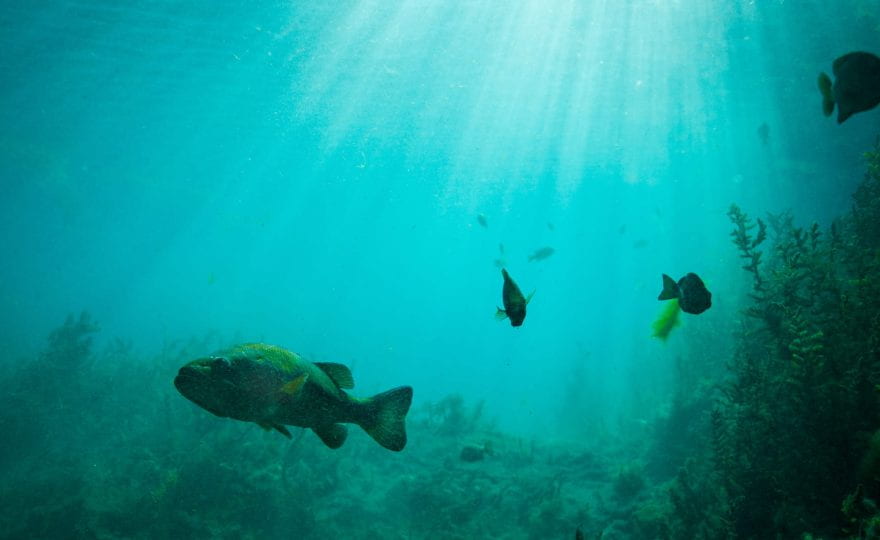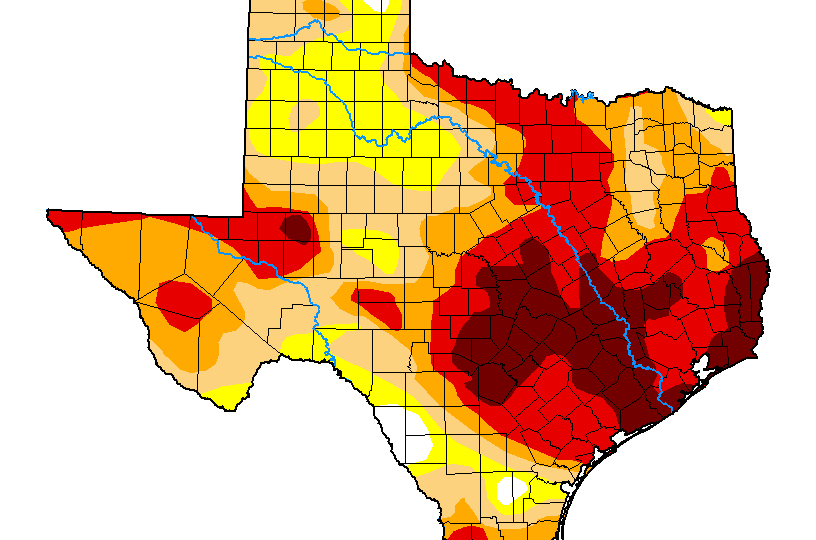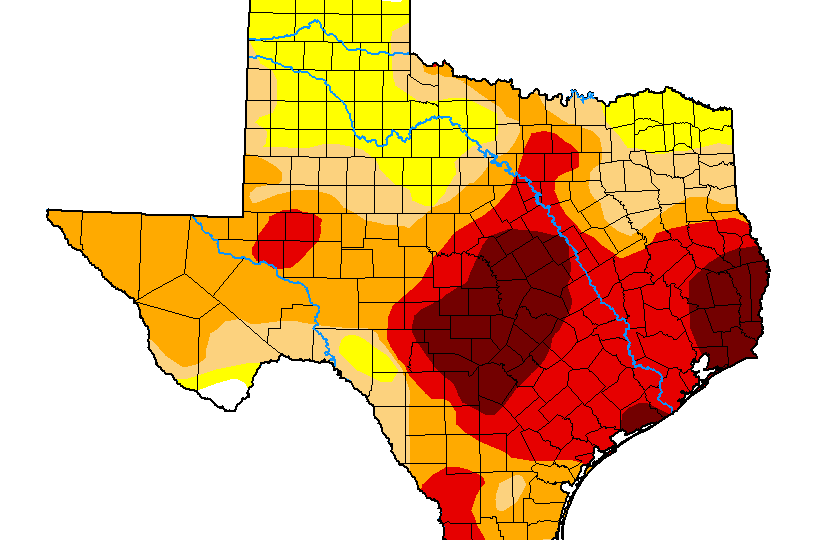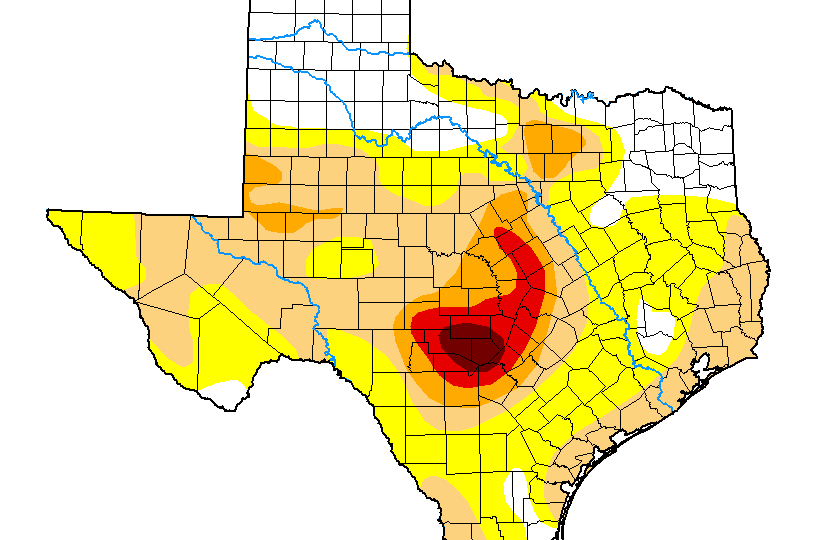In this issue, we explore academic publications on the topics of household adaptations to mitigate impacts from electric power and water outages in Texas, the relationship between fish mortalities and winter stress, and the impacts of vegetation and topsoil removal on soil erosion, soil moisture, and infiltration
Author: Robert Mace
outlook+water: Drought remains, wetter-than-normal conditions may be on the way, and the odds of a super El Niño
Summary: The amount of the state under drought conditions (D1–D4) increased slightly from five weeks ago at 79% to 81% this week, the seasonal projection suggests wetter-than-normal conditions are on the way, and the odds of a Super El Niño look slim, but the odds of a strong El Nino are at 71%.
think+water: Climate change and irrigation, climate change and firm yield, and governance gaps in colonias flood planning
In this issue, we explore academic articles on the topics of weighing the economic costs and benefits of existing and expanded maize and soybean irrigation throughout the U.S. under future climate projections, investigating how climate change will affect the Upper Trinity River Basin’s firm yields, and examining the effects of unincorporated status in relation to (in)equitable access to stormwater management in the Lower Río Grande Valley of South Texas.
outlook+water: The drought deepens, drought is expected to get worse, high temps to continue
Summary: The amount of the state under drought conditions increased considerably from 43% four weeks ago to 79% this week, drought is expected to remain over the next three months, and we need a LOT of rain to come out of the drought.
outlook+water: Drought expands, drought is expected to get worse, high temps to continue
Summary: The amount of the state under drought conditions increased considerably from 23% four weeks ago to 43% this week; drought is expected to expand in Texas and the southwest, and higher-than-normal temperatures are expected to continue over the next three months.





